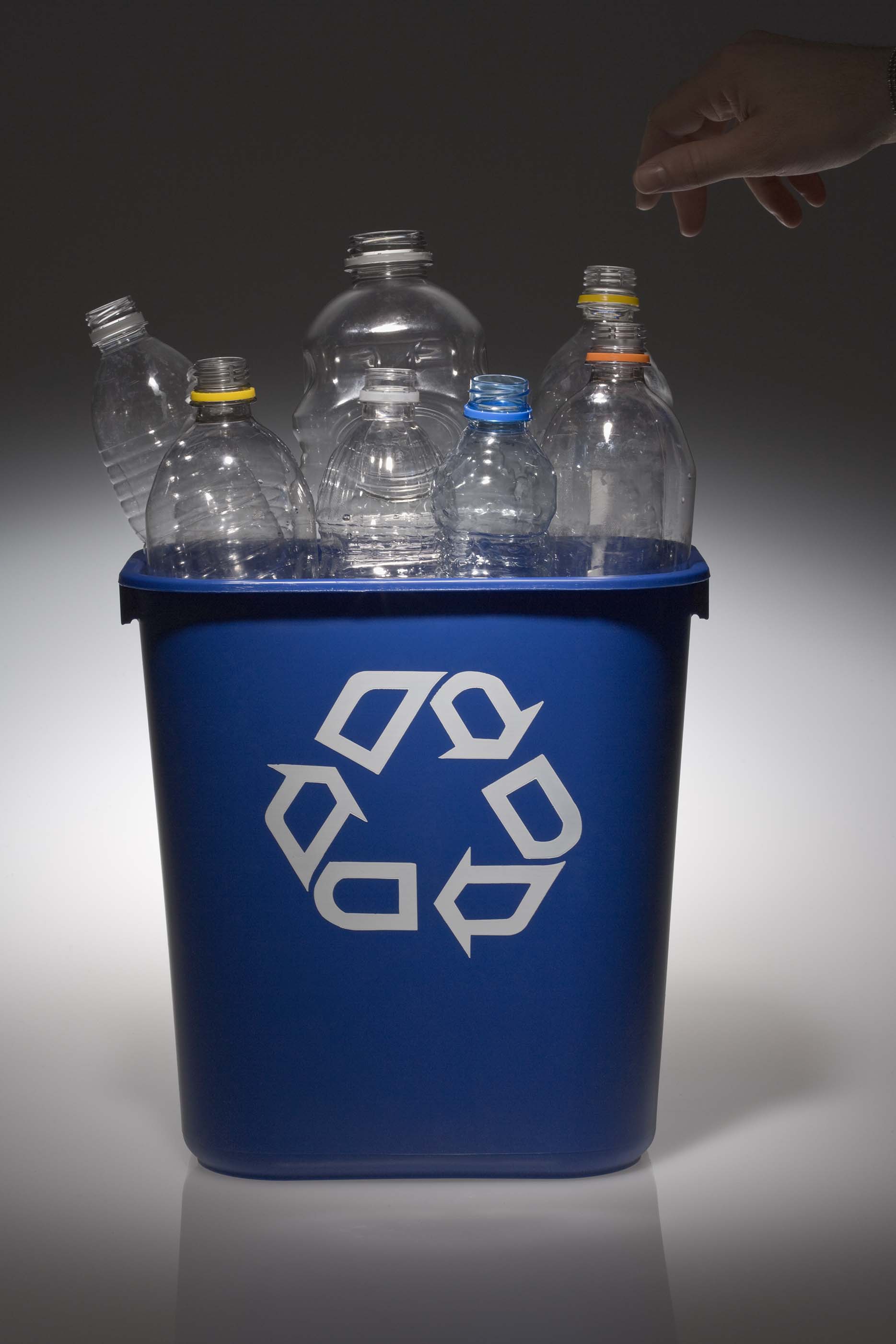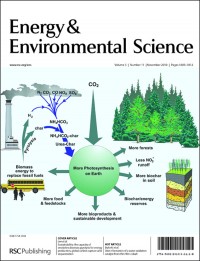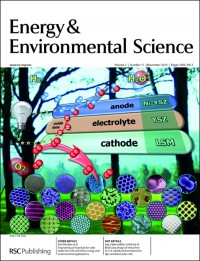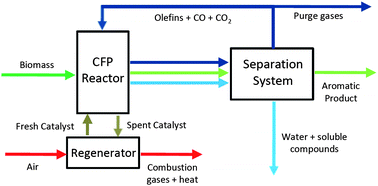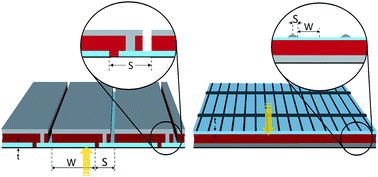
In this work, the authors calcualte how sheet resistance impacts the power conversion efficiency in solar cells.
The transparent conductor (TC) layer in thin film solar cell modules has a significant impact on power conversion efficiency – reflection, absorption, resistive losses and lost active area all need to be taken into account.
Read more…
Transparent electrode requirements for thin film solar cell modules
Michael W. Rowell and Michael D. McGehee
Energy Environ. Sci., 2011, DOI: 10.1039/C0EE00373E











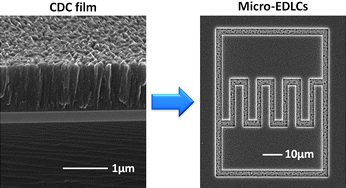
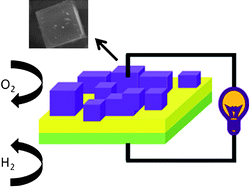 ‘HOT’ EES paper –
‘HOT’ EES paper – 